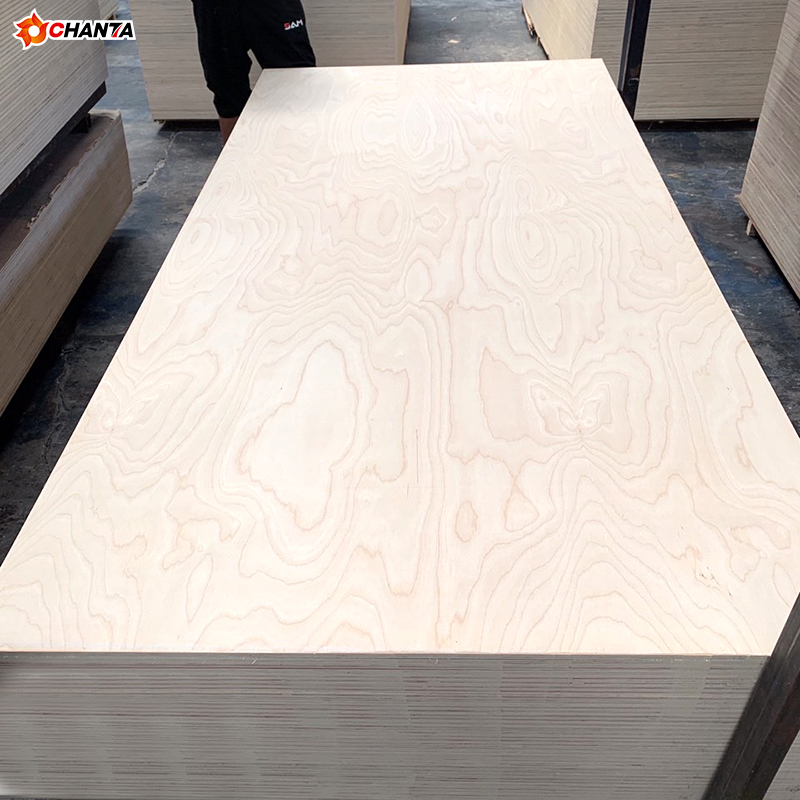Choosing the correct plywood size for your roof is essential for durability, safety, and stability. Selecting the right thickness and dimensions can greatly impact the strength of your roofing system. Here, we’ll discuss the factors to consider when choosing plywood for your roof, including recommended sizes for different types of roofing.
Standard Plywood Thickness for Roofs
For most roofing applications, 5/8-inch plywood is the recommended minimum thickness. This thickness provides sufficient strength and can support roof loads effectively, even in high-wind areas. Thicker options, such as 3/4-inch plywood, offer additional strength and are often used in areas with heavy snow loads or for commercial roofing projects. Selecting the correct thickness helps ensure that your roof will withstand various environmental factors and remain stable over time.
Factors to Consider: Roof Load and Climate
When choosing plywood thickness, it’s essential to consider local climate conditions and roof load requirements. In areas with heavy snowfall, thicker plywood such as 3/4-inch is typically recommended for added support. For regions with high winds or storm exposure, 5/8-inch or thicker plywood is ideal. Ensuring the correct thickness will help prevent issues like sagging or warping under heavy loads, contributing to a long-lasting roof structure.
Plywood Grade and Quality for Roofing
Choosing the right grade is as important as thickness. CDX plywood is a popular choice for roofing because of its durability and moisture resistance. CDX plywood has a smooth surface on one side, which helps provide a solid, even base for roofing materials. This plywood grade is known for its resistance to moisture and warping, making it suitable for outdoor applications like roofing. Quality plywood ensures better performance over time and reduces the risk of structural issues.
Consider Spacing Between Roof Rafters
Spacing between rafters is another key factor when selecting plywood thickness. If your roof rafters are spaced 24 inches apart, 5/8-inch plywood or thicker is generally recommended to provide adequate support. For rafters spaced closer together, such as 16 inches apart, 1/2-inch plywood may be sufficient. However, using 5/8-inch plywood is still advisable for added strength and durability.
Benefits of Using 5/8-Inch Plywood on Roofs
Choosing 5/8-inch plywood for your roof offers several benefits. First, it provides a solid base that can support various roofing materials, from shingles to tiles. This thickness also helps prevent sagging, especially in larger roofing spans or high-load areas. Additionally, 5/8-inch plywood is resistant to common roofing issues like warping and bending, making it a reliable choice for long-lasting roof construction.
Conclusion: Selecting the Right Plywood for Your Roof
In summary, the best plywood thickness for most residential roofing projects is 5/8-inch plywood, providing ample strength and support. For areas with heavy snow or strong winds, consider 3/4-inch plywood for extra durability. Remember to factor in rafter spacing and climate conditions, as these aspects will impact your plywood choice. With the right thickness and grade, you can ensure a strong, stable, and durable roof that will stand up to the elements for years to come.



















